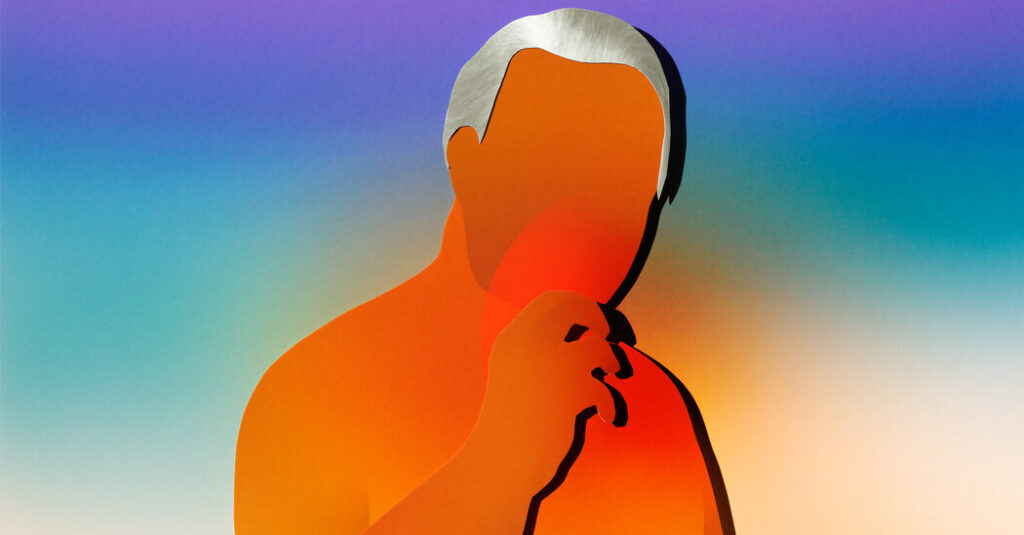[ad_1]
Finally, he agreed to see Dr. Richard Kaufman, their primary-care doctor. Kaufman was shocked by the man’s appearance, how the skin on his face hung in folds as if air had been let out of his cheeks. He’d lost nearly 40 pounds. He struggled to walk the few steps to the exam table. His right side, which was weakened by his stroke, was now matched by weakness on his left side. His stroke hadn’t done this. There was something else going on. Kaufman ordered some preliminary blood tests to try to see where the problem might lie. Those were the results that sent the couple to the emergency room.
A Single Cause or Many?
It was early afternoon when Dr. Osama Kandalaft, the hospitalist on duty, found the couple. This was December 2021, and the E.R. was bursting with a new surge of Covid cases. The patient was on a stretcher in the hallway. His wife sat on a stool next to him. Before meeting the man, Kandalaft reviewed the results of the tests done in the E.R. His kidneys were in bad shape.
Kandalaft saw a pattern in the other labs that he recognized. One test showed the presence of a lot of blood in the man’s urine. And yet when the urine was examined under a microscope, no blood was seen. That’s because this wasn’t blood; it was a hemoglobin cousin, myoglobin, the oxygen-carrying component of muscle, which is released into the bloodstream after an injury. Widespread muscle damage could certainly explain the man’s weakness. Moreover, he was taking a cholesterol-lowering medication, a statin called rosuvastatin, which is known to cause muscle injury in some who take it. Kandalaft wasn’t sure if the statin could cause the patient’s trouble swallowing. Still, he would put a hold on the medication and order a test to look for creatine kinase, another protein released by injured muscles.
Doctors often invoke the principle of Occam’s razor, articulated by the 14th-century philosopher William of Occam, who posited that the simplest interpretation of any phenomenon is most likely the right one. A single, elegant explanation of suffering is often more welcome by both doctors and patients than the more contemporary principle, attributed to the 20th-century physician John Hickam, that “patients can have as many diseases as they damn well please.” But in Kandalaft’s experience, Hickam’s complexity often fit better. Especially with a patient who was 82 and had diabetes and heart disease and had suffered a recent stroke.
The patient and his wife spent most of the night in the emergency room, waiting for a bed to open for someone who didn’t have Covid-19. He was moved to one just before dawn. Dr. Andrew Sanchez, the intern assigned to care for the patient, woke him early the next morning to introduce himself and try to figure out how to proceed. The blood test sent by Kandalaft to look for muscle injury had been helpful. It was 40 times higher than it should have been, indicating severe damage.
[ad_2]

